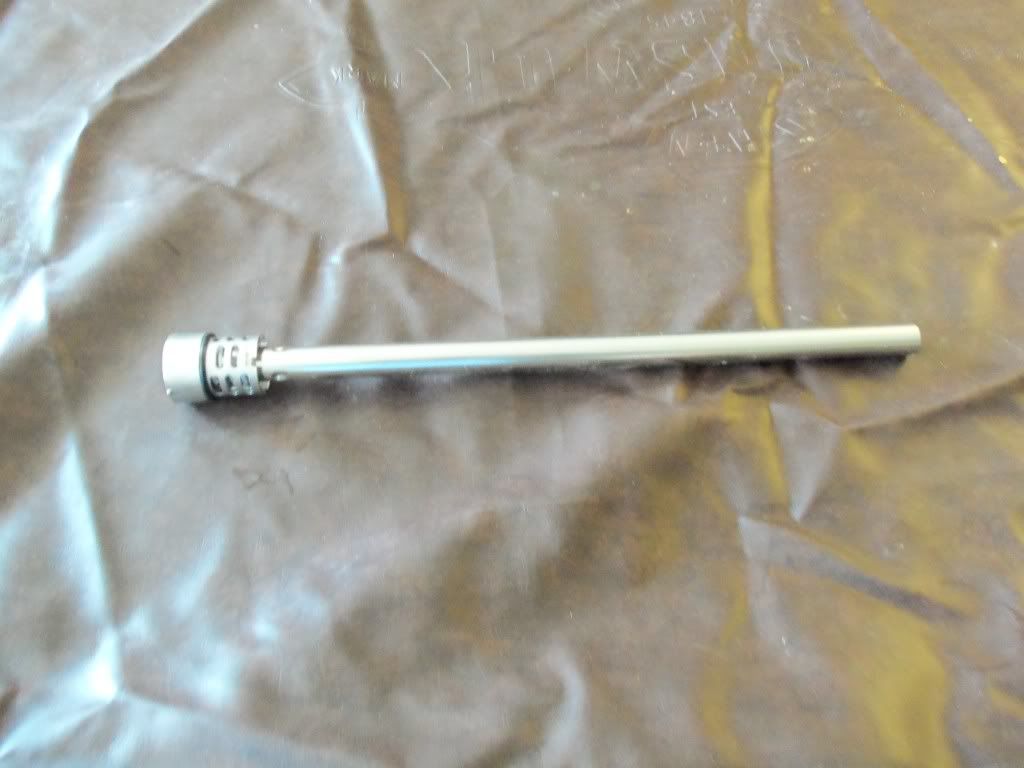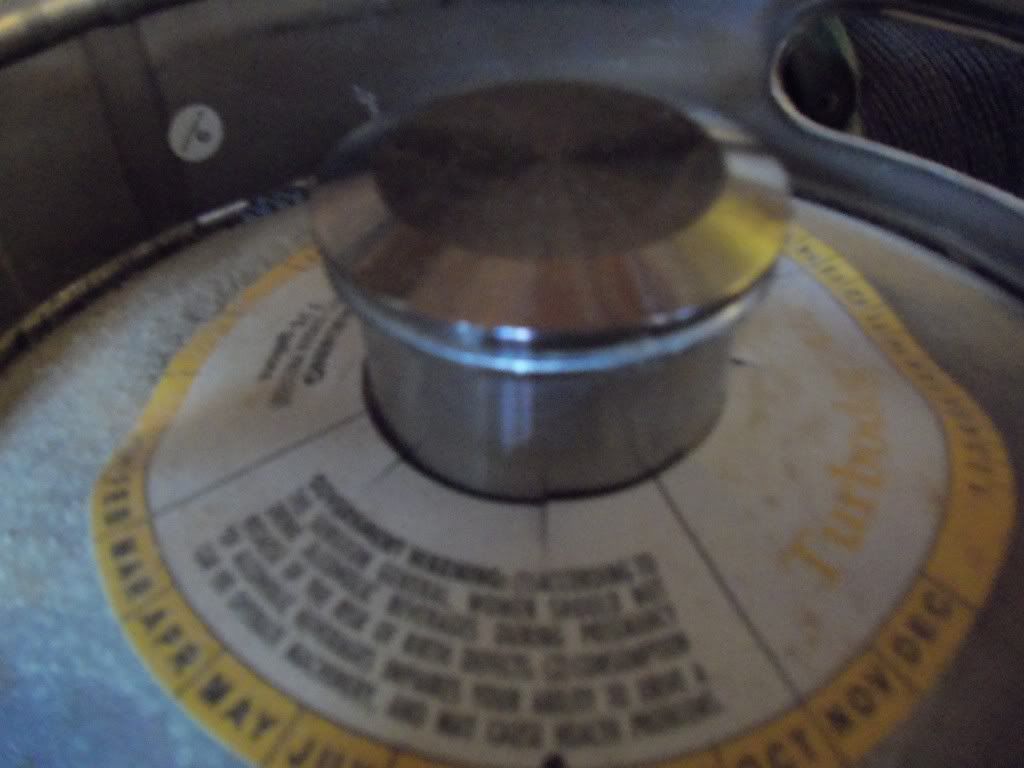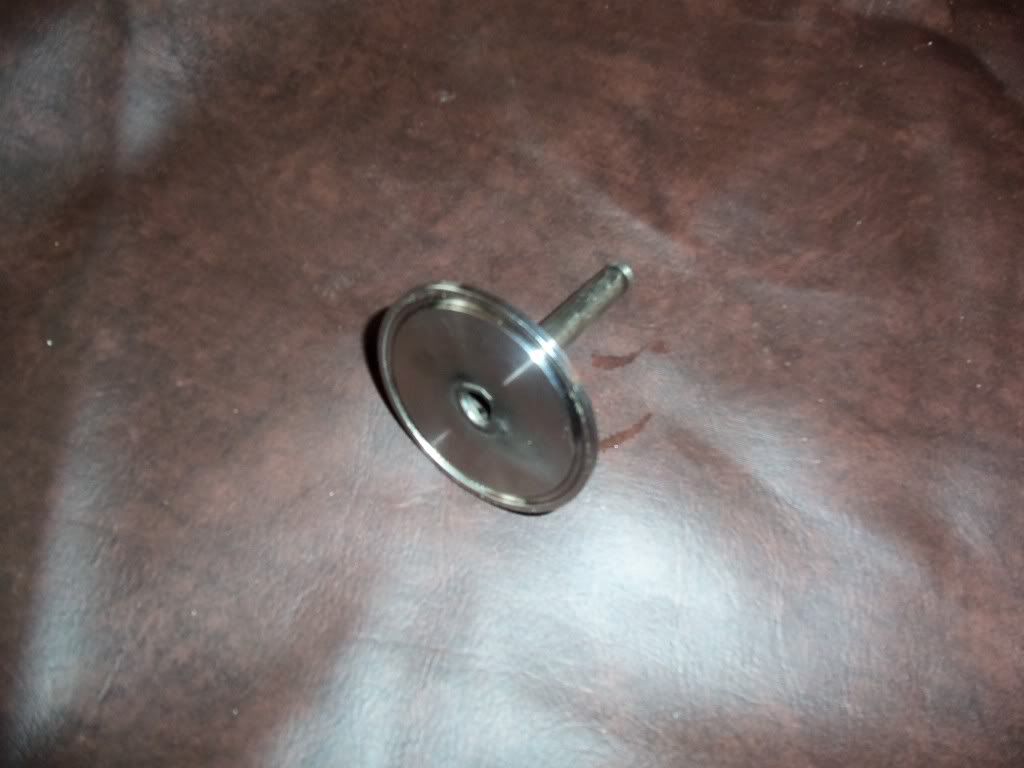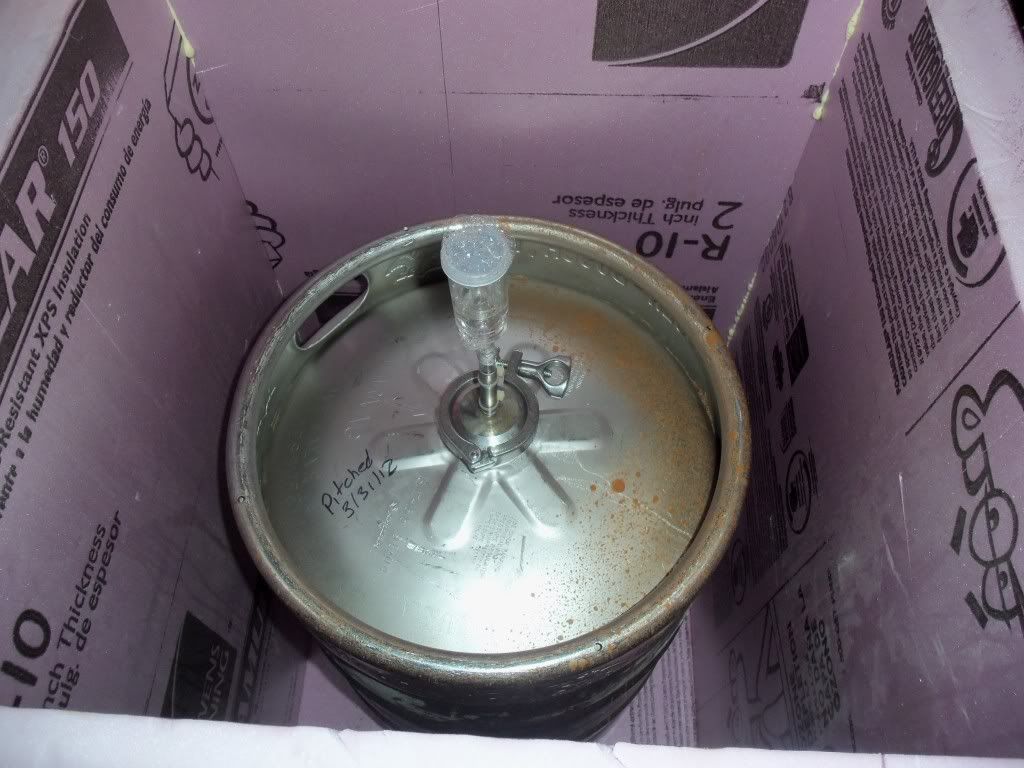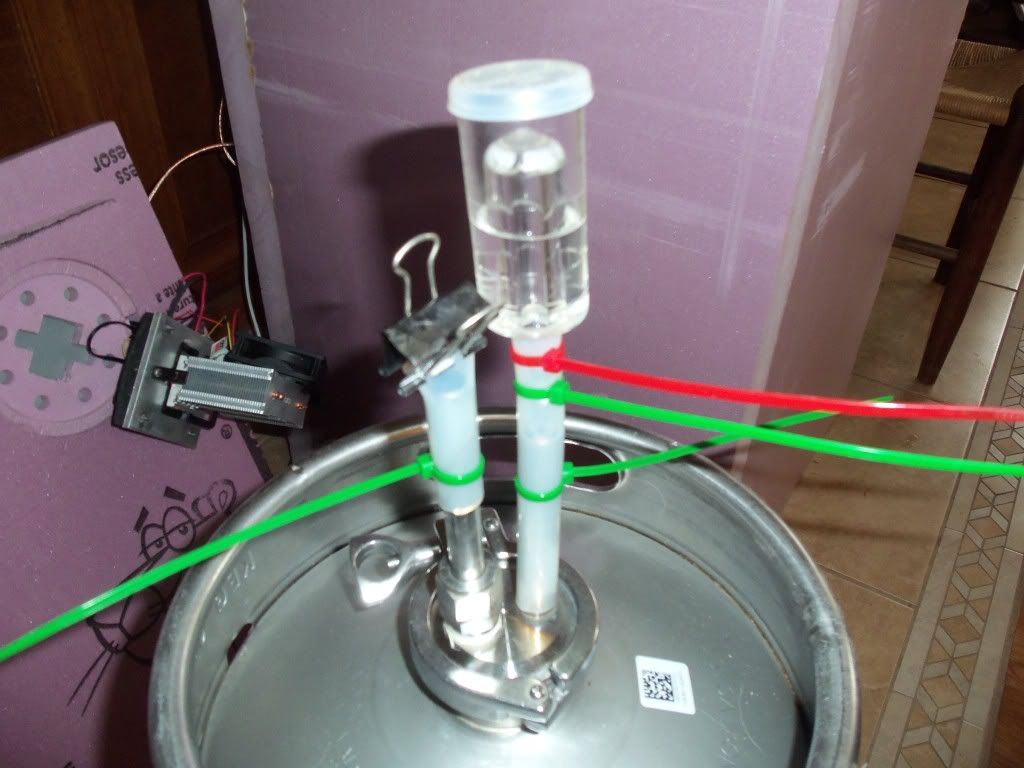I have been fermenting in un-modified Sankes for a while, and cleaning them is not really that difficult. I do two things to help prevent infections:
1) I use PBW and fill the keg 2/3 full with water. I then place it on my burner and heat it to ~120F. I then use a carboy brush and scrub it blindly. Then I put a tri-clover cap and clamp on it and roll it around. Finally I pour out all but a gallon or so and put the tri-clover cap & clamp back on and shake it. I let it drain/dry upside down while I brew.
2) After my boil I run the boiling wort directly into the Sankey fermenter (NO COOLING). I place a sanitized tri-clover cap and clamp on it and seal it. I then drop the entire keg into a barrel of water and cool the wort by cooling the outside of the Sanke. I frequently let the wort cool overnight and pitch my yeast the next morning. Regardless, when the wort reaches pitching temp, I spray everything down with Starsan, remove the cap, aerate the wort, pitch the yeast and install a tri-clover cap with a 3/8 tube welded in it (and a bubbler attached to it).
OK, Here is the picture version:
FIRST, Remove this from the Sanke you want to ferment in:
Second Clean & Sanitize the Sanke (NO PICTURE) then rack your BOILING wort into the Sanke and put a cap like this on it:
THIRD: Cool the wort to pitching temp (NO PICTURE), Aerate it (NO PICTURE) and then place a bubbler cap like this on it:
It should now look like this:
FINALLY, when it is time to rack, you should sanitize a tri-clover fitting with an inlet tube and a racking cane and replace the bubbler cap with it. When installed it should look like this:
You should rack it into a Sanke Keg that has been cleaned and sanitized in a similar fashion to the way you cleaned and sanitized your fermenter Sanke, except this time you replace the spear. I rack to the Sanke then replace the spear, but it would not be any more difficult to assemble the Sanke and then rack to it (obviously you would need to remove the check valve from the keg coupler).
Hope that helps

Fish
Edit:
I just read another thread on "cold break", and it seems cooling the wort quickly is more important than I had given consideration to. With my "water bucket" it takes around 30+ minutes to get the wort ~80F in a 6 gallon batch (my 12 gallon batch I brewed yesterday took almost an hour), I am going to have to revisit wort chilling, but the rest of the Sanke fermenting process should be the same. An immediate idea would be to put the boiling wort into the Sanke fermenter and then use a racking cap & re-circulate the wort through a chillier in a closed loop, but I will have to think this through....



